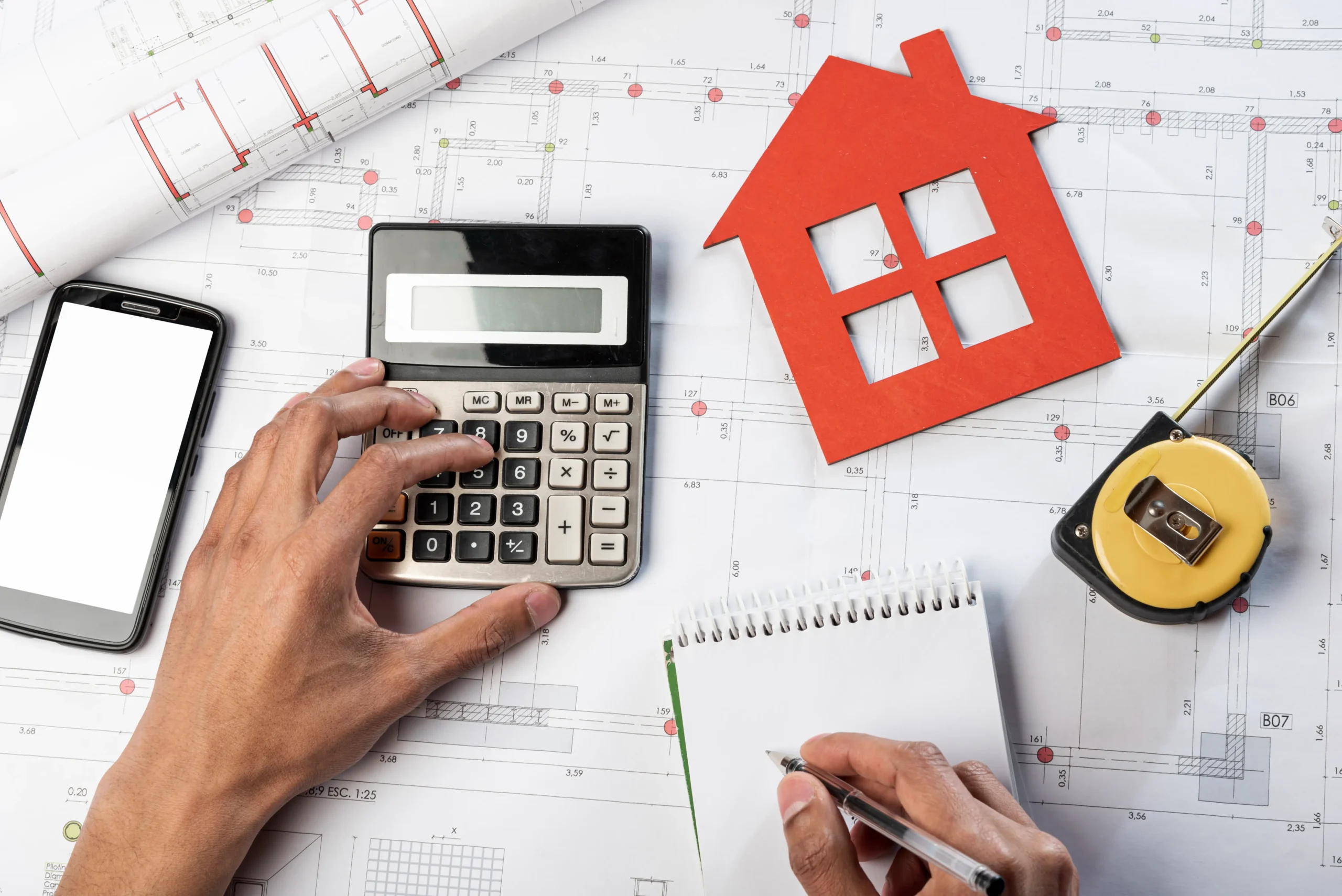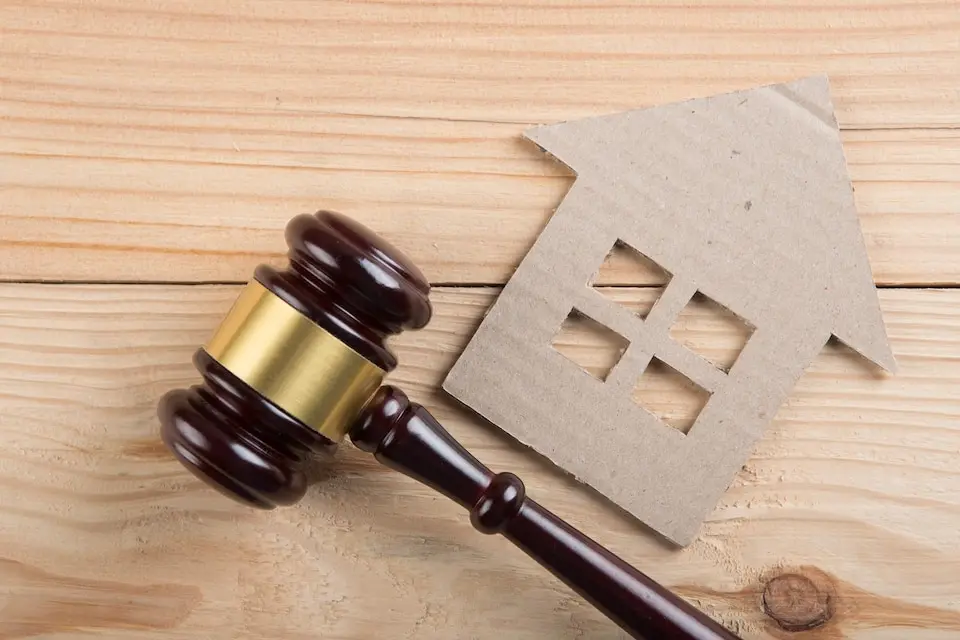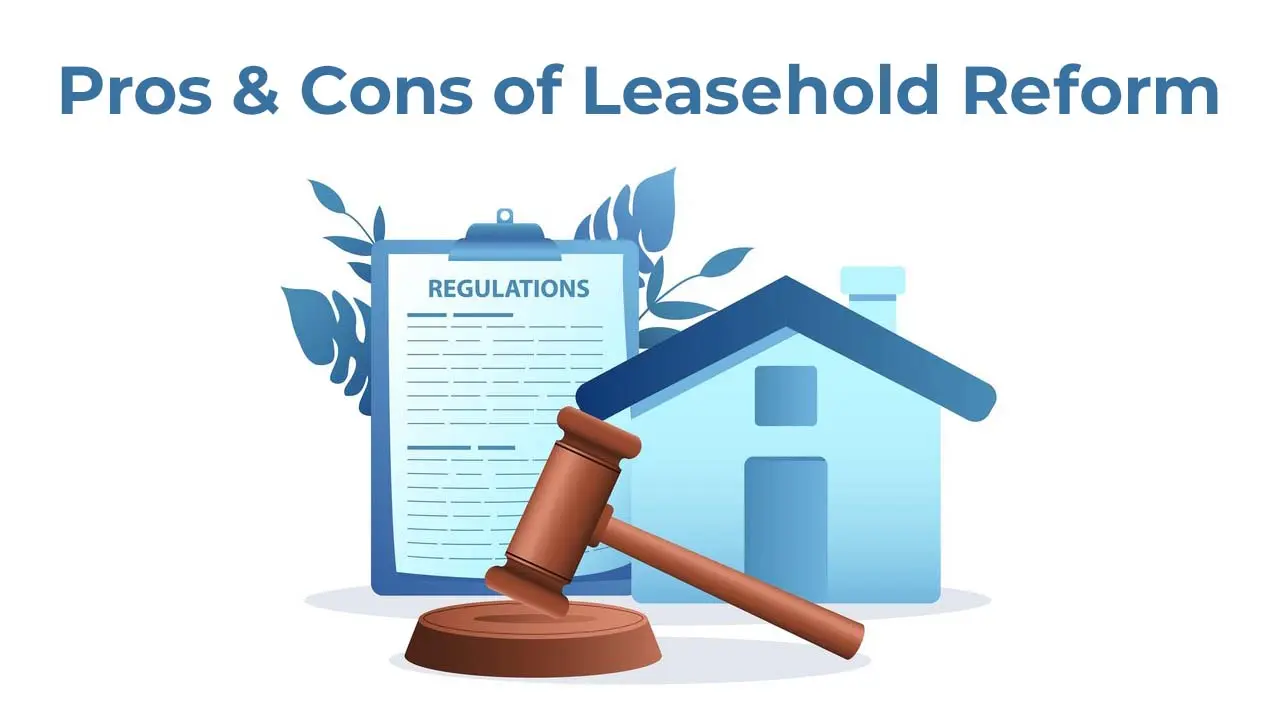Are you considering purchasing a freehold property but unsure of the total costs involved? Look no further! In this comprehensive guide, we will walk you through the essential factors to consider when calculating the total price of acquiring a freehold property, from the initial deposit to closing costs. Buying a property is a significant financial commitment, and understanding the various expenses involved is crucial to making an informed decision. We will break down each cost component, including the down payment, mortgage fees, legal fees, land transfer taxes, and more, ensuring you have a clear understanding of the financial implications before making your purchase. By the end of this article, you will be equipped with the knowledge and confidence to navigate the complex world of property acquisition, making your journey towards owning a freehold property a smooth and stress-free one.
Understanding the Deposit for a Freehold Property
When purchasing a freehold property, one of the first expenses you’ll encounter is the deposit. The deposit is a percentage of the property’s purchase price that you pay upfront as a sign of commitment to the seller. It is usually a significant amount, typically ranging from 5% to 20% of the property’s value. The exact percentage required as a deposit may vary depending on factors such as the location, market conditions, and the seller’s preferences. It’s important to note that the deposit is not the only upfront cost you’ll need to consider; there are additional expenses involved in acquiring a freehold property.
Additional Costs Involved in Acquiring a Freehold Property
In addition to the deposit, several other costs come into play when acquiring a freehold property. These costs can vary depending on factors such as the property’s location, the purchase price, and the services you choose to engage. Some of the common additional costs include:
1. Mortgage Fees:
If you need a mortgage to finance your property purchase, you’ll likely encounter various mortgage-related fees. These can include application fees, appraisal fees, loan origination fees, and mortgage insurance premiums. It’s essential to factor in these expenses when calculating the total price of acquiring a freehold property.
2. Legal Fees:
Engaging a conveyancing solicitor is crucial during the property acquisition process. They will handle various legal aspects, such as conducting title searches, reviewing contracts, and facilitating the transfer of ownership. Legal fees can vary depending on the complexity of the transaction, but it’s advisable to budget for this expense.
3. Stamp Duty & Land Taxes:
When you acquire a freehold property, you may be required to pay Stamp Duty and Land Tax (SDLT). These taxes are typically calculated based on the purchase price of the property. It’s important to research and understand the SDLT rates to avoid any surprises.
Calculating the Total Price of Acquiring a Freehold Property
Now that we’ve covered the deposit and additional costs, let’s dive into how to calculate the total price of acquiring a freehold property. To get an accurate estimate, you’ll need to consider the following:
Calculate the cost of Lease Extensions
1. Purchase Price:
The purchase price is the amount you agree to pay the seller for the property. It is a significant factor in calculating the total cost.
2. Deposit:
As mentioned earlier, the deposit is a percentage of the purchase price that you pay upfront. To calculate the deposit amount, multiply the purchase price by the agreed-upon percentage.
3. Mortgage Fees:
If you’re financing your property purchase with a mortgage, add up all the mortgage-related fees discussed earlier. These fees can vary depending on the lender and the terms of the loan.
4. Legal Fees:
Contact a conveyancing solicitor and inquire about their fees for handling the property acquisition process. They will provide you with an estimate based on the services you require.
5. Stamp Duty and LandTaxes:
Research the SDLT rates and calculate the amount based on the purchase price of the property.
Factors That Affect the Total Price of Acquiring a Freehold Property
The total price of acquiring a freehold property can be influenced by various factors. It’s important to consider these factors to avoid any unexpected costs along the way. Some of the key factors to keep in mind include:
1. Location:
The location of the property plays a significant role in determining the purchase price and additional costs. Properties in prime locations tend to have higher price tags and may also attract higher stamp duty taxes.
2. Market Conditions:
The real estate market is subject to fluctuations. Prices can vary depending on the demand and supply dynamics, so it’s essential to consider the current market conditions when calculating the total price.
3. Negotiations:
Your negotiation skills can also impact the total price of acquiring a freehold property. Skilled negotiators may be able to secure a lower purchase price or negotiate favourable terms with lenders and service providers.
Budgeting for the Total Cost of Acquiring a Freehold Property
Now that you have an understanding of the various cost components, it’s crucial to budget for the total cost of acquiring a freehold property. Here are some tips to help you create a realistic budget:
- Research and gather information about the costs involved in your specific area. Speak to real estate professionals, mortgage brokers, and solicitors to get accurate estimates for each expense.
- Create a detailed spreadsheet to track all the costs. Include columns for the purchase price, deposit, mortgage fees, legal fees, land transfer taxes, and any other relevant expenses.
- Consider adding a contingency buffer to your budget. Unexpected expenses can arise during the property acquisition process, so it’s wise to have some extra funds set aside.
Tips for Negotiating the Total Price of a Freehold Property
Negotiating the total price of a freehold property can make a significant difference in your overall expenses. Here are some tips to help you negotiate effectively:
- Research comparable properties in the area to get a sense of the market value. This information can give you leverage during negotiations.
- Understand the seller’s motivation. If they are eager to sell, you may have more room to negotiate a lower purchase price or other favourable terms.
- Be prepared to walk away if the negotiations are not going in your favour. Remember, there are plenty of properties available, and it’s essential to find the right one at a price that aligns with your budget.
Financing Options for Covering the Total Cost of Acquiring a Freehold Property
If you’re unable to cover the total cost of acquiring a freehold property upfront, several financing options are available. Here are a few common options to consider:
1. Mortgage:
A mortgage is a loan specifically designed for property purchases. It allows you to spread the cost over an extended period, typically 15 to 30 years. Shop around for different mortgage options and compare interest rates and terms to find the best fit for your needs
2. Private Financing:
In some cases, you may be able to secure private financing from individuals or companies willing to lend money for property purchases. It’s important to carefully consider the terms and interest rates before opting for this financing option.
Working with Professionals During the Acquisition Process
Navigating the process of acquiring a freehold property can be complex, which is why it’s crucial to work with professionals. Here are some key professionals you may need to engage:
1. Real Estate Agent | Chartered Surveyors:
A knowledgeable real estate agent can help you find suitable properties, negotiate with sellers, and guide you through the entire process. Leasehold Valuations are RICS chartered surveyors who can help you with evaluating property values and buying freehold property in the UK.
2. Mortgage Broker:
A mortgage broker can help you find the best mortgage options available to you. They have access to multiple lenders and can assist in securing favourable terms.
3. Coveyancing Solicitor / Freehold Valuers:
Engaging a conveyancing solicitor / freehold valuer is essential to ensuring all legal aspects are handled correctly. They will review contracts, conduct title searches, and facilitate the transfer of ownership.
Conclusion and Final Thoughts
Acquiring a freehold property involves various costs, from the initial deposit to closing costs. By understanding and calculating the total price of acquiring a freehold property, you can make informed decisions and avoid any financial surprises. Remember to consider factors that may affect the total price, budget accordingly, and explore financing options if needed. Working with professionals throughout the acquisition process can provide valuable guidance and ensure a smooth transaction. With the knowledge gained from this comprehensive guide, you are now equipped to embark on your journey towards owning a freehold property with confidence. Happy house hunting!









